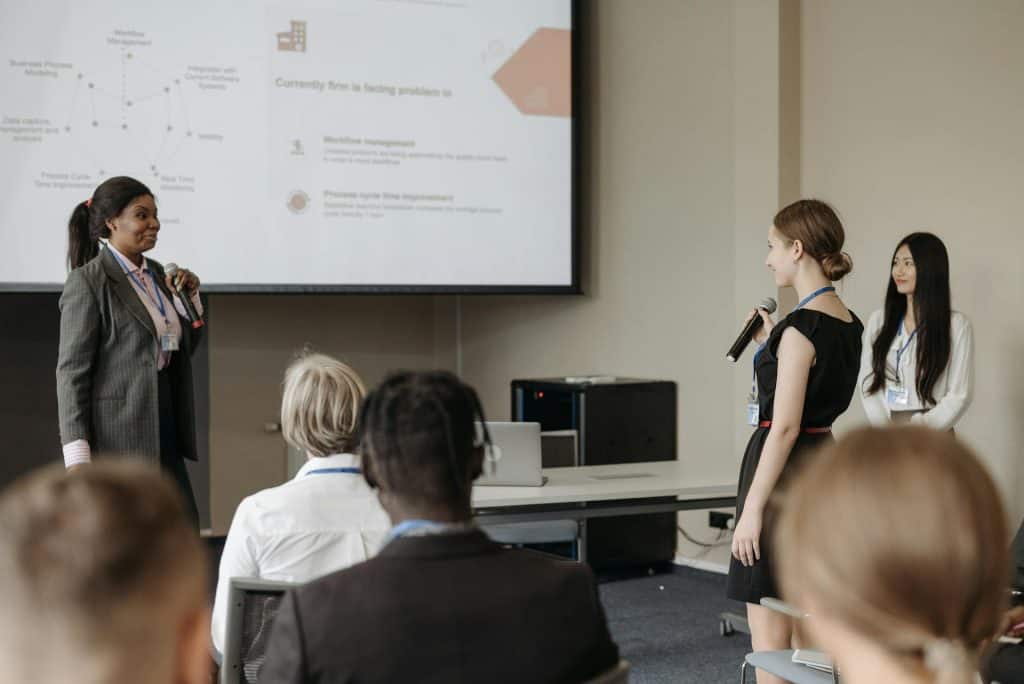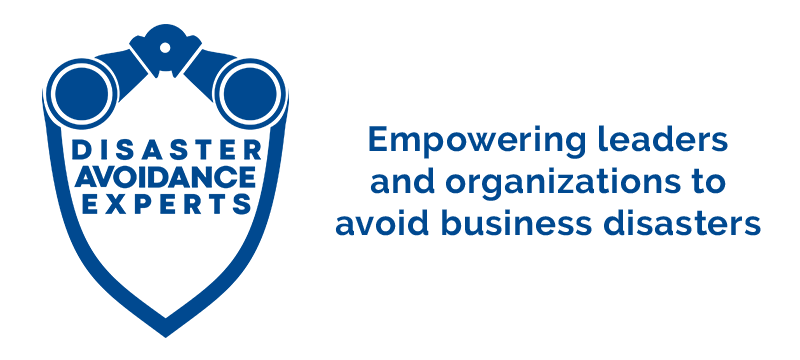Associations Should Forget Robots—Gen AI Future Depends on Human Insight

Integrating Generative Artificial Intelligence (Gen AI) into an association’s operations is a transformative process that demands thoughtful design, collaboration, and alignment with strategic objectives. Beyond deploying advanced technologies, associations must create opportunities for staff and volunteers to contribute to and shape these initiatives. Platforms for idea submission have emerged as a powerful way to engage members, capture innovative ideas, and ensure that Gen AI solutions reflect the needs of both the association and its stakeholders.
These platforms foster collaboration, uncover expertise across chapters and committees, and demonstrate that every individual in the organization can play a role in driving innovation. When implemented effectively, they provide a strong foundation for Gen AI adoption while creating a culture that values transparency, inclusivity, and creativity.
Video: “Associations Should Forget Robots—Gen AI Future Depends on Human Insight”
Podcast: “Associations Should Forget Robots—Gen AI Future Depends on Human Insight”
The Importance of Stakeholder-Driven Innovation for Gen AI Future
Staff and volunteers, and even members, are often the first to identify inefficiencies, recurring challenges, or opportunities for improvement within an association’s operations. Providing a platform for these insights allows associations to access valuable perspectives that might otherwise remain untapped. These platforms empower contributors to propose practical applications for Gen AI, whether to optimize workflows, improve member engagement, or enhance event planning.
For instance, an association employee who works in marketing might propose leveraging Gen AI to personalize membership renewal campaigns, while a volunteer leader in a local chapter may suggest integrating Gen AI to streamline event planning. Such contributions ensure that solutions are grounded in the real-world challenges and opportunities faced by the association’s ecosystem.
Platforms for idea submission go beyond collecting suggestions. They enable collaboration by allowing users to share feedback, refine ideas, and co-create solutions. Features like voting, commenting, and discussion threads transform the platform into a dynamic ecosystem where ideas evolve and improve.
Aligning Ideas with Strategic Goals
For an idea submission platform to deliver meaningful results, it must align with the association’s mission and strategic objectives. Categorizing submissions under themes—such as enhancing member benefits, increasing volunteer engagement, or advancing the profession—helps participants focus their creativity on the areas that matter most. Regularly rotating themes keeps the platform relevant while addressing emerging priorities.
For example, a national association for healthcare professionals might focus one quarter on improving member education. Staff, volunteers, and members alike could propose Gen AI-driven solutions, such as personalized learning paths for certification or AI-powered analytics to identify emerging trends in professional development needs. By aligning submissions with strategic goals, associations can transform ideas into actionable projects that enhance their impact.
Sustaining engagement in these platforms requires intentional strategies. Gamification, for instance, is a proven way to motivate participation. By incorporating elements like points, badges, or leaderboards, associations can foster an environment where contributors feel encouraged to participate. Recognizing contributors publicly or offering tangible rewards like discounts on annual conference registration reinforces the value of their participation.
Overcoming Barriers to Adoption
Despite their potential, idea submission platforms can face resistance. Staff and volunteers may doubt whether their contributions will be taken seriously or feel uncertain about how to engage with the platform. Transparent communication and visible results are essential to overcoming these concerns.
Regular updates on the status of submissions help participants see the impact of their contributions. Sharing success stories—such as how a volunteer’s suggestion led to a Gen AI-powered solution that improved event management—reinforces the platform’s value. Additionally, simplifying the user experience and offering training ensures accessibility for all participants, whether they are seasoned professionals or new members.
Another common challenge is siloed thinking, where staff or chapters focus narrowly on their own operations. Encouraging cross-functional collaboration can address this issue. Assigning diverse teams to evaluate submissions or hosting workshops where staff and volunteers refine ideas together fosters a more holistic approach to problem-solving.
Case Study: Revitalizing Engagement in a Professional Association
A mid-sized association for environmental professionals sought to improve member engagement and operational efficiency. The organization struggled to identify innovative solutions aligned with its mission of promoting sustainability and professional excellence. To address these challenges, they asked me to help them design and implement an idea submission platform tailored to the association’s unique needs.
We structured the platform to encourage ideas in categories like “Improving Member Services,” “Advancing Volunteer Leadership,” and “Operational Efficiency.” To sustain engagement, we integrated gamification elements. Participants earned points for submitting ideas, reviewing and commenting on others’ suggestions, and collaborating on refinements.
We launched a quarterly innovation challenge with themes such as “Using AI to Enhance Sustainability.” Winners were celebrated in the association’s newsletter and annual conference, receiving rewards like free workshops and recognition from the board. Transparent communication ensured all contributors received updates on the status of their submissions and feedback from reviewers.
Over the first year, contributions to the platform generated over 100 actionable ideas. One member proposed using Gen AI to streamline compliance tracking for environmental regulations, a recurring challenge among professionals in the field. After refinement, this idea was piloted, leading to a 15% reduction in compliance reporting time and a measurable improvement in member satisfaction. Additionally, association staff reported a 20% boost in productivity due to streamlined administrative processes introduced through submitted ideas within six months of rolling out the platform. Volunteers noted a significant reduction in the complexity of event planning, as Gen AI tools helped automate scheduling and resource allocation. This initiative not only addressed operational inefficiencies but also fostered a culture of collaboration and innovation across the association.
Platforms Unlock the Gen AI Future for Associations
Platforms for idea submission empower associations to harness the collective intelligence of their members, staff, and volunteers. By capturing insights from diverse perspectives, these platforms drive innovation and manage risks in ways that reflect the real needs of the association’s ecosystem.
This approach also reframes the adoption of Gen AI. Rather than being perceived as a top-down initiative, it becomes a collaborative effort that values the creativity and expertise of all stakeholders. Staff, volunteers, and members become partners in innovation, helping the association thrive in a rapidly changing environment.
By fostering participation, aligning ideas with strategic priorities, and sustaining engagement through gamification, associations can ensure the success of their Gen AI initiatives. These platforms serve as catalysts for transforming how associations approach innovation, creating a foundation for sustained growth and adaptability.
Key Take-Away
Gen AI future will transform industries by automating creativity, boosting productivity, and redefining human-machine collaboration—reshaping the future of work and innovation. Share on XImage credit: Pavel Danilyuk/pexels
Dr. Gleb Tsipursky was named “Office Whisperer” by The New York Times for helping leaders overcome frustrations with hybrid work and Generative AI. He serves as the CEO of the future-of-work consultancy Disaster Avoidance Experts. Dr. Gleb wrote seven best-selling books, and his two most recent ones are Returning to the Office and Leading Hybrid and Remote Teams and ChatGPT for Thought Leaders and Content Creators: Unlocking the Potential of Generative AI for Innovative and Effective Content Creation. His cutting-edge thought leadership was featured in over 650 articles and 550 interviews in Harvard Business Review, Inc. Magazine, USA Today, CBS News, Fox News, Time, Business Insider, Fortune, The New York Times, and elsewhere. His writing was translated into Chinese, Spanish, Russian, Polish, Korean, French, Vietnamese, German, and other languages. His expertise comes from over 20 years of consulting, coaching, and speaking and training for Fortune 500 companies from Aflac to Xerox. It also comes from over 15 years in academia as a behavioral scientist, with 8 years as a lecturer at UNC-Chapel Hill and 7 years as a professor at Ohio State. A proud Ukrainian American, Dr. Gleb lives in Columbus, Ohio.
Browse replica gucci bags and discover trending styles for every season.

